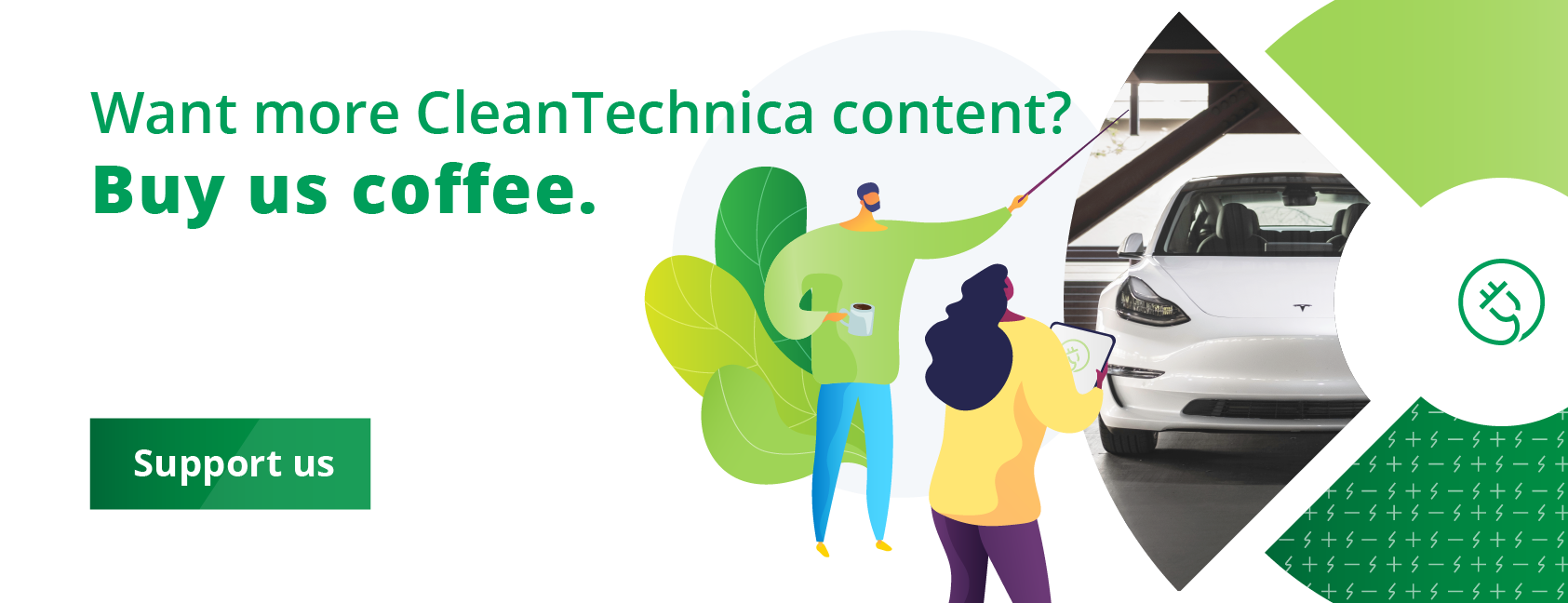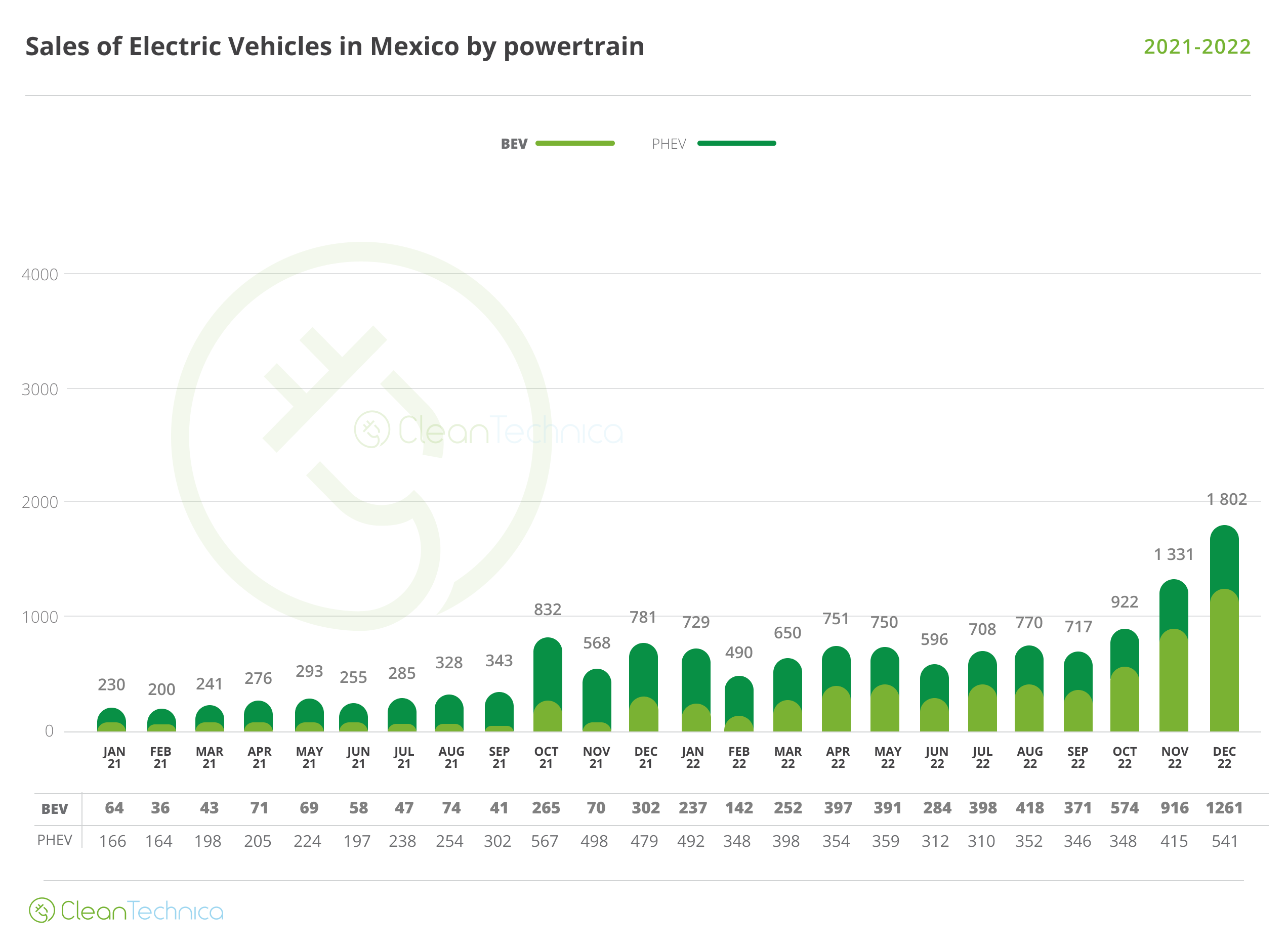
Teenage orcas made headlines last month for attacking boats, and that’s just the tip of the shark behavior iceberg. The running theme of National Geographic’s new Sharkfest series is sharks behaving badly, weirdly, and just plain strangely. Either way, when the topic turns to ocean life it’s a good time to catch up with the ocean plastic problem.
Sharks Behaving…Differently
This year’s Sharkfest series unspools on July 2, and they are pulling out the stops. The shows cover four weeks on National Geographic, Nat Geo WILD, Nat Geo Mundo, Disney+, Hulu, and ESPN2. That includes 22 hours of new original programming plus 50 hours of extras.
Sharkfest highlights include Bull Shark Bandits, in which bull sharks in Weipa, Australia, are exhibiting a “methodical and radical shift in behavior.” More strange behavior is afoot among white sharks, in Shark Eat Shark and Return of the White Shark, two episodes that explore shark cannibalism and an apparent shark rager off the coast of Cape Cod.
Bull Shark vs. Hammerhead features rare footage of sharks from one species attacking another, Sharkano: Hawaii explores the mysterious attraction of tiger sharks to volcanoes, and Sharks vs. Dolphins: Bahamas Battleground attempts to nail the culprits that are biting dolphins for no apparent reason. “In the Bahamas, more than 30% of dolphins have shark-bite scars,” National Geographic explains.
Of course, no Sharkfest would be complete without shark-on-human action. When Sharks Attack 360 is a six-parter that uncovers some “surprising threads” that connect shark bites.
The Ocean Plastic Problem
Sharkfest also includes an eight-part series, When Sharks Attack…and Why, that explores recent rashes of unpredictable, unexpected attacks.
Are sharks trying to tell us something about ocean plastic? Maybe! The oceans are awash in plastic waste, including microplastics that could be getting into their systems and messing with their heads.
Various solutions have been surfacing, but the overall approach is piecemeal and lacks data to gauge effectiveness. One thing seems to be clear, though: plastic recycling as we know it is not the way. In March, a research team based in the US calculated that ocean plastic pollution has increased dramatically since 2005, despite all the attention focused on recycling.
One Person’s Trash
The failure of post-consumer recycling is not the only factor. Lost or discarded commercial fishing gear also shares the blame.
With that in mind, let’s take a look at a new ocean plastic report from the United Nations Environmental Programme, titled, Turning off the Tap: How the world can end plastic pollution and create a circular economy.
The report sketches out a roadmap aimed at cutting ocean plastic down by 80% by 2040, but it’s going to be a tough row to hoe. In addition to cutting off the flow of new plastic waste, something needs to be done about the waste already in circulation.
To sweeten the pot, UNEP indicates that shifting gears would be a good thing for the global economy.
“Overall, the shift to a circular economy would result in $1.27 trillion in savings, considering costs and recycling revenues,” UNEP explains. “A further $3.25 trillion would be saved from avoided externalities such as health, climate, air pollution, marine ecosystem degradation, and litigation-related costs.”
“Such a shift could result in a net increase of 700,000 jobs by 2040, mostly in low-income countries, significantly improving the livelihoods of millions of workers in informal settings,” UNEP adds.
Ocean Plastic: Who’s Gonna Pay For All This?
There being no such thing as a free lunch, UNEP calculates that a global investment of $65 billion per year would be required to launch the new circular economy. However, that’s a bargain compared to the cost of doing business as usual, which UNEP estimates at $113 billion per year.
UNEP notes that the missing link is a system of regulation that applies the producer’s responsibility to a circular model, requiring them to take up the cost of collection, recycling, and end-of-life disposal.
That sounds simple enough, but the devil is in the details. Aside from overcoming the objections of plastic industry stakeholders, a new circular system would need a sign-off from practically every member of the UN.
On the bright side, UNEP also suggests that new stakeholders could help tip the balance. That would include plastic recyclers as well as companies that make compostable or biodegradable plastic alternatives, and companies engaged in the low- or no-waste packaging industry with a focus on refillable bottles, bulk dispensers, deposit-return-platforms, and take-back programs.
UNEP emphasizes that reusable packaging would have the greatest impact, but recycling will still play a role. “Reducing plastic pollution by an additional 20% by 2040 can be achieved if recycling becomes a more stable and profitable venture,” UNEP explains. Putting an end to fossil fuels subsidies would be one effective way to juice the recycling industry, among other measures.
Takeout foods and wrapped foods are another area of focus. UNEP calculates that a 17% decrease in plastic pollution could be achieved by subbing in paper and other compostables for plastic containers and wrappings.

A Head Start On Sustainable Plastics
As UNEP suggests, throwaway culture is not going to evaporate into the dustbin of history any time soon. The next best thing is to stop making throwaway packaging from petrochemicals.
In addition to conventional wood and plant-based disposables, some interesting new plastic alternatives are emerging. Back in 2020, CleanTechnica took note of a research team that managed to get microalgae to produce iD-lactate, which is a building block for bioplastics.
The microorganism pathway seems to be catching on. Earlier this year, the Israeli startup TripleW (formerly 3PLW) raised $16.5 million in support of its demonstration facility in Belgium with the Belgian firm Group Op De Beeck. TripleW company makes lactic acid and PLA bioplastic from fermented food waste. “PLA is used in food and beverage packaging, car parts, toys, textiles, 3D printing, kitchenware and more,” TripleW explains.
Don’t get too excited just yet. Researchers are finding that PLA doesn’t biodegrade or compost under conditions normally found in nature. While PLA can help dial down the petrochemical industry, it’s not necessarily a solution to the ocean plastic problem.
Keep a eye out for another emerging pathway on the road to alternative plastics, involving marine algae and seaweed. At Flinders University in Australia, for example, researchers are working with the German biomaterials firm one • fıve to develop a seaweed-based extract that can be used as a grease-resistant coating for takeout foods.
Find me on Spoutible: @TinaMCasey or LinkedIn @TinaMCasey or Mastodon @Casey or Post: @tinamcasey
Image (screenshot): Sharkfest 2023 is unspooling on multiple channels beginning on July 2 (image courtesy of National Geographic.
I don’t like paywalls. You don’t like paywalls. Who likes paywalls? Here at CleanTechnica, we implemented a limited paywall for a while, but it always felt wrong — and it was always tough to decide what we should put behind there. In theory, your most exclusive and best content goes behind a paywall. But then fewer people read it! We just don’t like paywalls, and so we’ve decided to ditch ours. Unfortunately, the media business is still a tough, cut-throat business with tiny margins. It’s a never-ending Olympic challenge to stay above water or even perhaps — gasp — grow. So …




